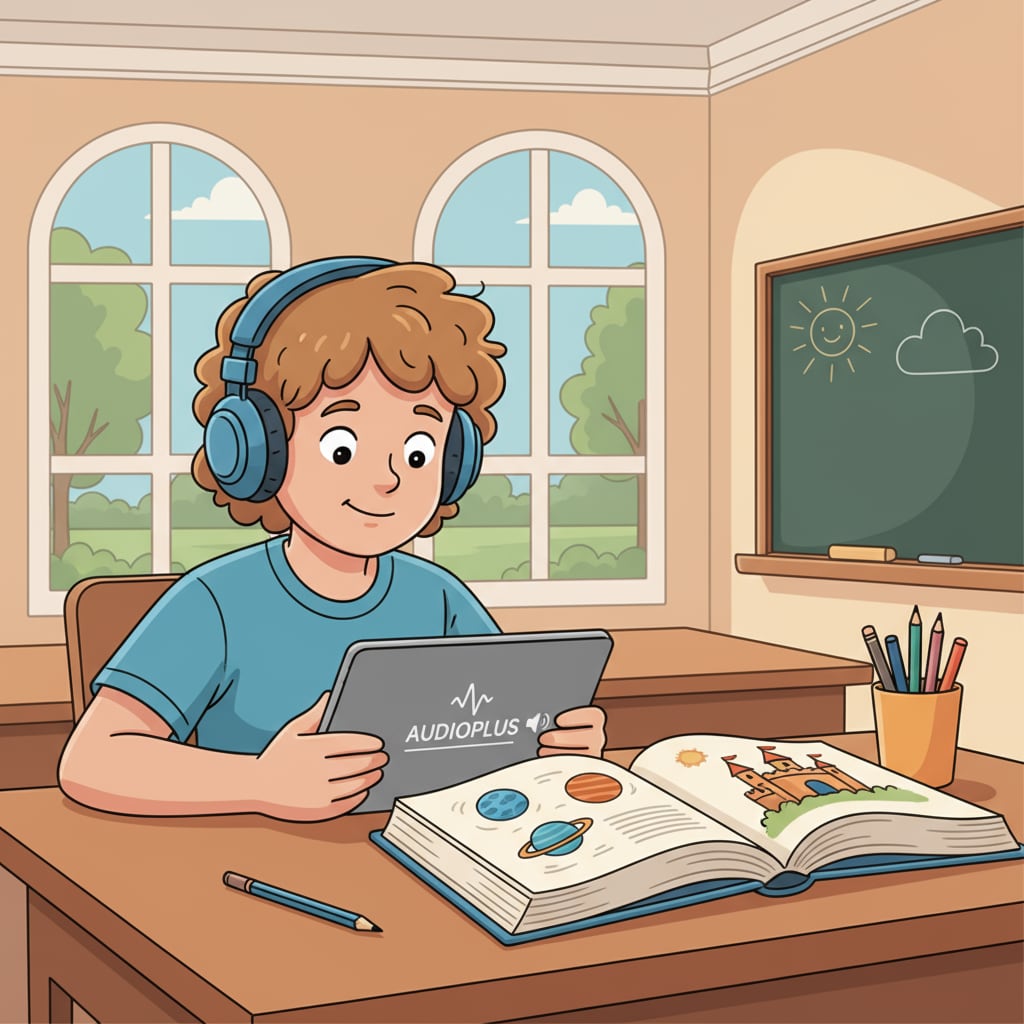In the realm of language arts education, the use of audiobooks as a substitute for traditional reading has sparked a significant debate. This trend involves the widespread practice of allowing students to rely on audiobooks instead of poring over physical books. The question at hand is how this shift impacts students’ reading abilities.

As technology continues to evolve, audiobooks have become increasingly accessible, leading to their growing presence in educational settings.
The Rise of Audiobooks in Language Arts
The popularity of audiobooks in language arts courses can be attributed to several factors. For example, they offer convenience. Students can listen to audiobooks while commuting, doing household chores, or engaging in physical activities. This multitasking aspect makes learning more flexible. In addition, audiobooks can be a great resource for students with learning difficulties, such as dyslexia. According to Wikipedia’s entry on audiobooks, the spoken word can help these students better understand the text. However, this convenience and potential assistance come with a price.

The Potential Drawbacks for Reading Abilities
One of the main concerns is that relying too much on audiobooks may hinder the development of crucial reading skills. When students read a physical book, they engage in activities like decoding words, understanding sentence structures, and visualizing the content. These processes are essential for building strong reading abilities. As a result, substituting reading with audiobooks might lead to a lack of proficiency in these areas. Research from Britannica’s reading education section suggests that hands-on reading experiences are fundamental for developing deep comprehension skills.
Moreover, reading a physical book allows students to control the pace of reading. They can pause, reread difficult passages, and reflect on the content. In contrast, with audiobooks, the pace is set by the narrator, which may not suit every student’s learning style. This lack of control could potentially impact students’ ability to fully understand and absorb the material.
Readability guidance: We’ve explored the rise of audiobooks in language arts and the potential drawbacks for reading abilities. The convenience of audiobooks is undeniable, but we must also consider the long-term effects on students’ reading development. As educators and parents, it’s crucial to find a balance between embracing educational innovation and ensuring that students acquire strong core reading skills.


